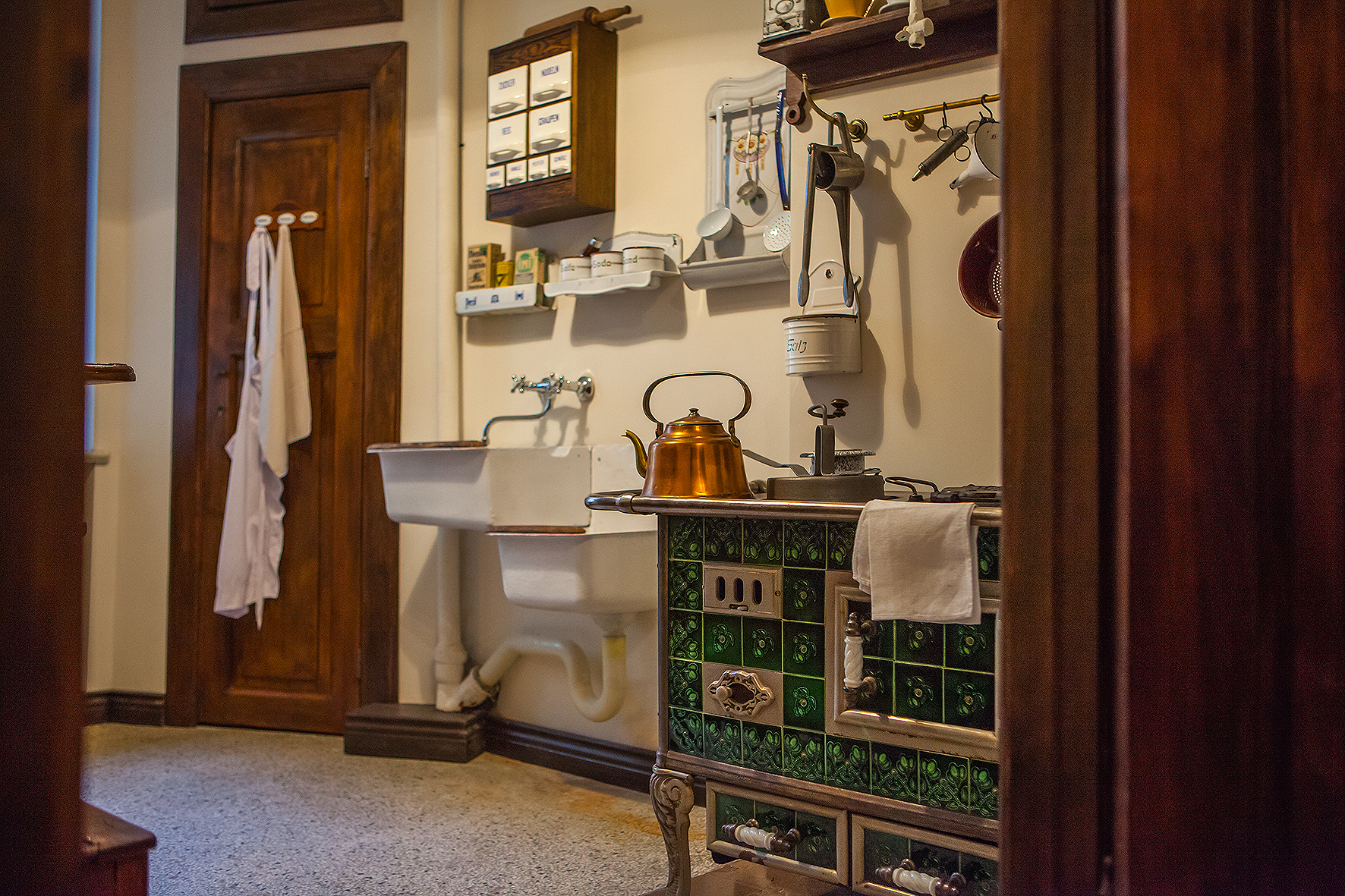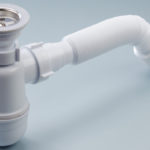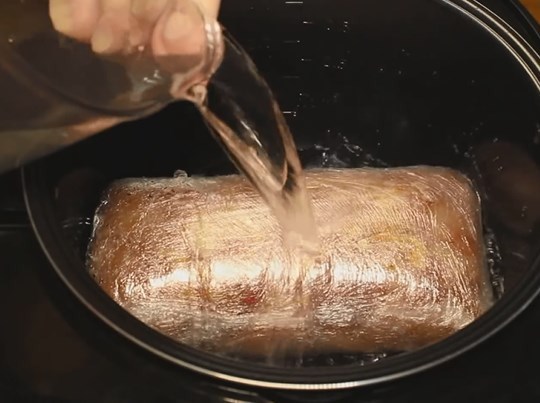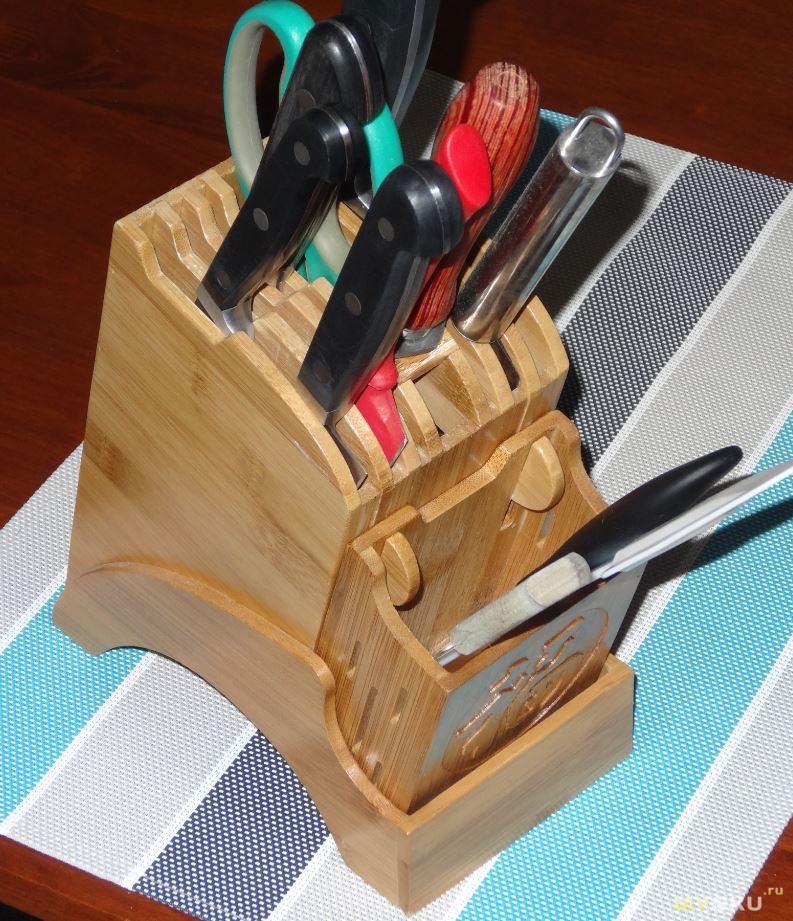Why did residents of pre-war Kaliningrad install “two-story” sinks in their kitchens?
Every people, nation, country has its own traditions, culture and rules that dictate habits and life. Today in some areas of Kaliningrad you can see the conditions in which the Germans lived, when the city was still called Königsberg and was part of the province of East Prussia. There are still some houses built in pre-war times, and the most interesting thing about them is the structure in the kitchen, which looks like a simple sink, but somewhat strange - “two-story”.
Why did the Germans install two-tier sinks?
The central part of Kaliningrad cannot boast of the presence of such original structures for obvious reasons. But in Amalienau, the buildings of those years have been preserved almost completely.
In one of these houses, the apartment of East Prussian residents was recreated. You can get acquainted with the interior and way of life of the German burghers - these were the conditions in which its inhabitants lived.
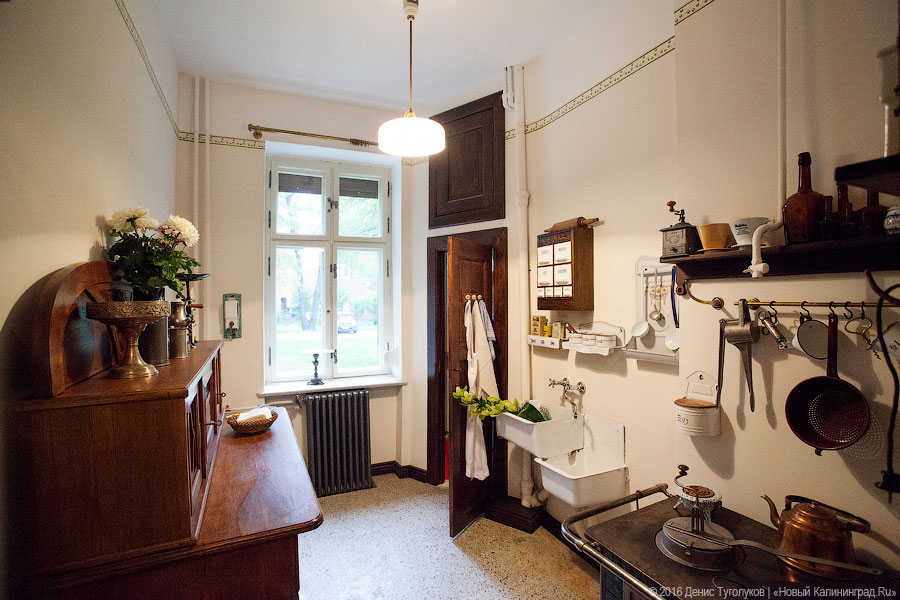
In general, you can notice a lot of unusual things in the kitchen, but the very first thing that catches your eye is a strange sink, so to speak, on two floors.

Today it is “Altes Haus-Hufen” on Krasnaya Street - an apartment-museum in which the family of a merchant once lived, then Soviet families, and now - objects and memory of the disappeared city and way of life.
Of course, one could fantasize and come up with different reasons for such a decision, even some horror films, but everything is extremely prosaic. It's all about saving.Water at that time was prohibitively expensive, and the Germans, as you know, were not particularly wasteful. It was customary to wash kitchen utensils in the upper bowl, and not in the way we are used to - under running water. They plugged the drain, put the dishes in there, filled the bowl with water, added dry mustard and soda, and then left it for a while. Then, without even rinsing the dishes, they took them out and wiped them dry. The lower bowl was mostly used for urgent and quick tasks: rinsing hands, washing fruits and vegetables. With this approach, it is not at all surprising that already at that time (and this, you know, before 1945) the Germans had water meters - such a thrifty people.
